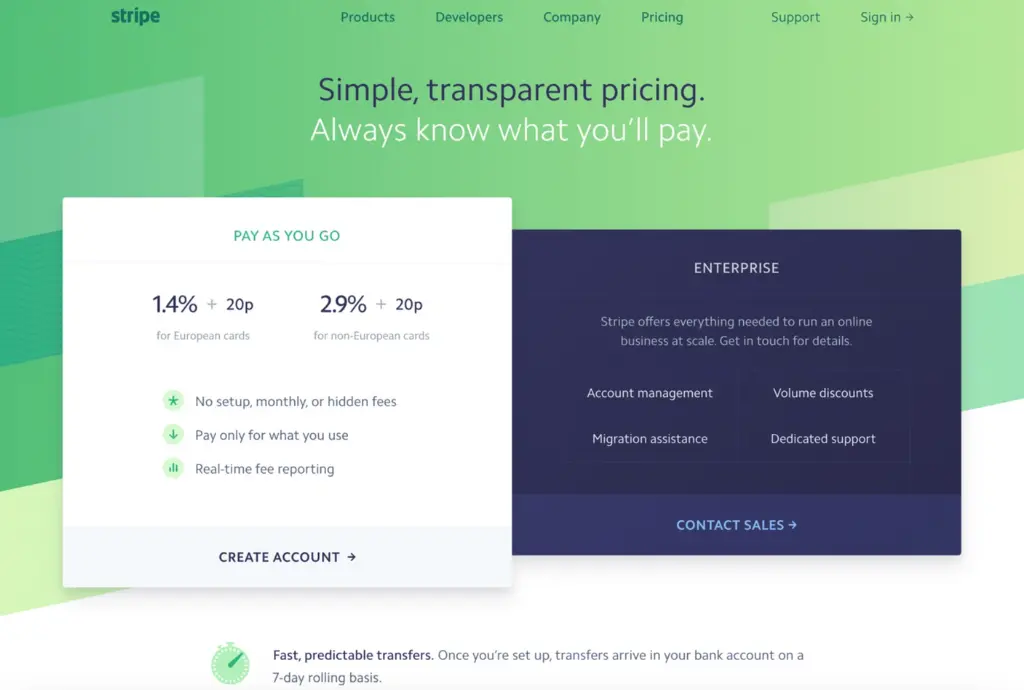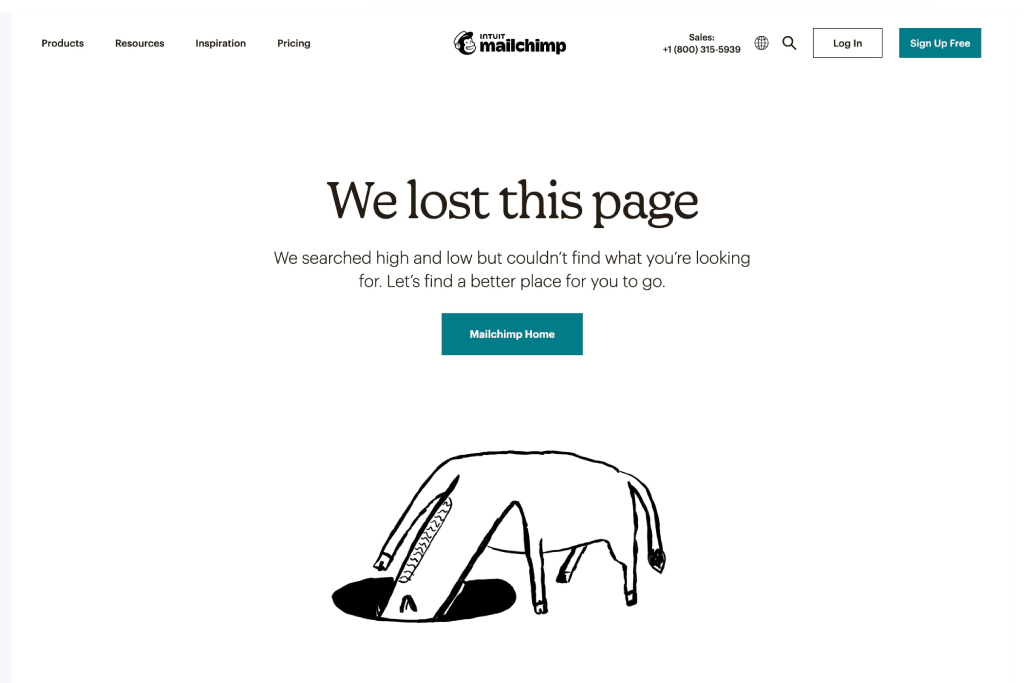Imagine you’ve gone to dine at an upscale Parisian restaurant. The vibe inside is awash with enough French disdain to intimidate the best of us. You’re seated and then handed a menu in chaste French. Enter, the charming serveur. He treats you with genuine courtesy, overlooks your horrific pronunciation of “bouillabaisse”, and gently proffers the right version. He’s effortlessly discreet with serving without once interrupting the flow of conversation at the table.
Now, think of the restaurant as the enterprise product with you as its user, which makes le serveur the ‘wow’ factor or ‘aha/wow’ moment in the experience.
Sean Ellis and Morgan Brown, authors of the book ‘Hacking Growth’, describe the ‘wow’ moment as,
“The moment that the utility of the product really clicks for the users; when the users really get the core value – what the product is for, why they need it, and what benefit they derive from using it. Or in other words, why that product is a “must-have”.”
Decoding the ‘aha’ phenomenon
When we have our first positive experience – that first bite of a decadent chocolate cake, or a seamless boarding process on an airline – it amazes us and makes us feel special. We make use of our brains to perceive, process, memorize, and react to the inputs we receive. The experiences we undergo are filtered by our senses for our brain to then classify. Thus, anything we experience – positive, negative, or neutral – becomes a point of reference to guide our future experiences.
In the enterprise context, the wow moment could well be a well-organized and highly functional process/delivery framework that differentiates them from their competitors.
So, let’s say you call the customer service line of your internet provider seeking clarification for a bill. Lo and behold! You get on the line with a service agent immediately, he patiently clarifies your billing queries in minutes. Delighted with the experience, you are pleased to have chosen this company as your service provider. Now the next time you have a reason to call the helpline, you will have a positive experience to compare it to. That first experience will act as a template for all future interactions.
However, with time, even positive experiences become the ‘new normal’. This can dull the users’ sense of awe until they fail to even notice it anymore. As humans, we naturally keep elevating our standards and therefore, we have to keep getting more to feel ‘wowed’ again. American psychologist, Daniel Kahneman, termed this phenomenon as the ‘satisfaction treadmill’. Humans are wired to continuously upgrade their standards once they are attained. Therefore, they move on to search for the ‘next best thing’ to feel satisfied again.
American psychologist, Daniel Kahneman, termed this phenomenon as the ‘satisfaction treadmill’. Humans are wired to continuously upgrade their standards once they are attained. Therefore, they move on to search for the ‘next best thing’ to feel satisfied again.
Stripe: A masterclass in wowing users

“Design it like Stripe.”
This has become a clarion call for anyone looking to build a SaaS product. Stripe managed to achieve what few have before it in the world of enterprise UX – gain a cult-like fandom. One look at a side-by-side comparison of the homepage of the next best – Braintree – tells you all you need to know about wowing your users.
Payment processing is a complex process. Before the times of payment API suites, businesses would be expected to build their own compliant payment systems – a task that was complicated, expensive, and long-drawn. For small businesses, it was often impossible.
Now, both Stripe and Braintree offer payment APIs and yet Stripe’s website manages to do so in a manner that is fun, delightful, and inspiring.

Their copy is sharp and simple, illustrated by delightful animations. Furthermore, Stripe picked on early on the opportunity to enable users to process payments by copying and pasting seven lines of code. An absolute win-win for developers!
Gotta love this @stripe payment flow with Afterpay. Enabled with just one line of code pic.twitter.com/ecGUtwSbNa
— Daniel Prevoznik (@DanielPrevoznik) February 24, 2021
Stripe wowed its users and earned their love.
3 Tips to go from ‘meh’ to ‘wow’ in enterprise software
Enterprise applications are known for their mission-focused, no-frills appearance. However, they do possess ample scope to include an element here and there that wows enterprise users as well.
Quite often, the ‘wow’ factor products from the enterprise context are those that are able to convey value to the users personally on an emotional level. This feeling of fulfillment in the users can be connected to metrics such as feature usage, task completion, or error rates. They can be a part of a frictionless signup flow, a welcome screen, demo content, and an interactive walkthrough when creating onboarding experiences for your users.
An important point to remember before we proceed forth – what may constitute an ‘aha’ feeling for one set of users might appear completely inconsequential to a different group. Therefore, designing these engaging moments should be done with conscious efforts. Here are a few pointers to help you out –
Spot the low points in user journeys
As far as appearances go, the aha factor may come from static and dynamic features such as toggles, color play, dropdowns, etc. But the goal is always to make the users’ life easier – which is why functional wow moments are a priority.

Functional wow moments can be identified through user journey mapping. User journeys are key to understanding what motivates your users. Its phases refer to the sequence of events that the user goes through while using the product. They help in highlighting the user’s actions and pain points along with the thoughts and emotions they undergo while performing those tasks within the journey. They help decode their needs, frustrations, and concerns.
From the business standpoint, customer journey maps provide the opportunity to see how their brand first engages a potential customer and then moves through the touchpoints of the entire sales process. The best way to wow the user is to meaningfully resolve pain points along his journey.
Harness the power of language

Fancy interactions are not the only route to designing aha moments. In fact, ambiguous messages and text create more frustration than you can imagine. UX writing is and has been a focus skill for a few years now, and with good reason. It is vital to have a unifying voice to your software that functions as a North Star to users. Clear, easy-to-understand instructions and messages are users’ best friends. Empathetic and helpful communication is what has brought products such as MailChimp and Slack into the spotlight on the popularity scale.
It isn’t a ‘wow’ moment until it’s tested
User delight is a sublimely relative concept that’s hard to capture. One man’s meat can be another’s poison, so testing is the only viable way to determine what truly wows the users. As tempting as it is to bombard users with all your shiny new additions, test them with restraint, and ease them into it. You can make use of non-intrusive usage tips or hotspots to guide users through some of the most important actions so as to not overwhelm them.
Identifying the wow factor calls for a lot of soul-searching from the business’ perspective. It involves focusing on building and enhancing certain aspects of their workflows that not only evoke positivity at first glance but retain it over time. To achieve this, the business has to first envision the kind of experience they aspire to deliver. Without this, it can fall prey to pursuing wow factors that are merely ornamental in nature and be trapped in curating short-lived delights that hold no value.
How would you go about nailing the ‘wow’ factor for enterprise users? Do share your insights via the comment section below. We also look forward to your feedback and questions.









